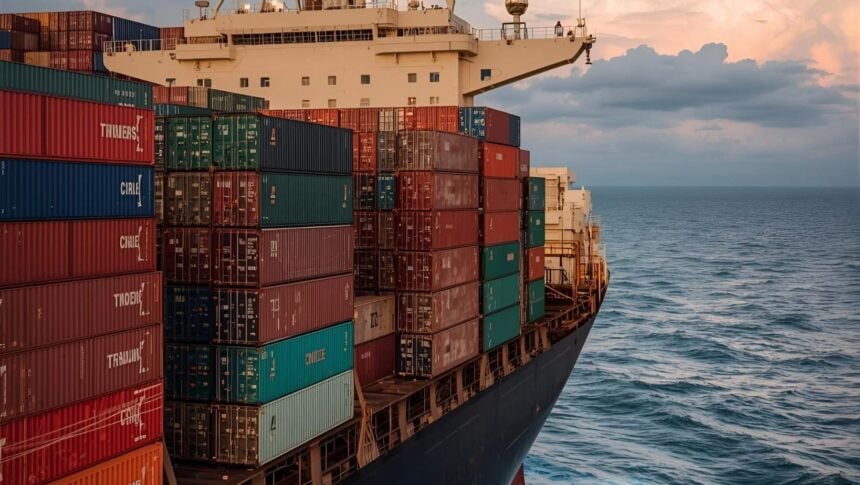Global crude exports are on course to reach an all-time high in October, extending a late-summer surge in seaborne flows.
Industry consultancy FGE estimates September shipments at roughly 40.4 million barrels per day and expects October to push beyond 41 million, citing larger loadings from Saudi Arabia, Iraq, Brazil, and Guyana.
The projected peak would cap a year in which exporters steadily overcame earlier constraints in OPEC+ supply and outages across key routes.
Independent tanker tracking points to the same direction of travel. Vortexa data showed global crude and condensate departures running near 41 million barrels per day in mid-August, above recent years on a seasonally adjusted basis.
The outperformance has been led by the Atlantic Basin, where Brazil and Guyana keep ramping new offshore output that must clear seaborne markets.
That wave is arriving alongside a pickup in Middle East sailings as direct crude burn in the Gulf fades with cooler weather.
The shipping market reflects the strain, freight for very large crude carriers has jumped to the strongest levels since late 2022, with the benchmark Middle East to China route recently assessed at triple-digit Worldscale and implied costs that have risen sharply over the year.
Tighter vessel availability, longer average voyages, and a backlog of East-bound cargoes have all contributed to the rally. Elevated freight is already forcing traders to recut cargo programs and rethink arbitrage economics into Asia.
Pricing tailwinds also come from policy and supply signals. OPEC+ ministers have been unwinding a portion of voluntary cuts and are weighing whether to accelerate the pace of quota increases for November.
Even if final additions prove smaller than the most aggressive scenarios, the direction of travel suggests more crude leaving export terminals through the fourth quarter, particularly from producers with spare capacity.
The macro backdrop is mixed but still permissive for flows. The International Energy Agency projects global oil production to rise this year and next, led by non-OPEC+ supply in the Americas.
Refinery runs remain solid on a year-over-year basis despite seasonal maintenance, helping keep crude on the water even as product margins shift.
If October exports do set a new high, the IEA’s balance framework implies the market will rely more on storage and longer-haul trade to absorb the barrels.
What happens next will hinge on how quickly Asia digests the Atlantic Basin influx and how tanker costs evolve. Traders report that high VLCC time-charter-equivalent earnings are narrowing arbitrage from the U.S. Gulf to Asia and raising breakevens on West Africa and Brazil to Far East routes.
If freight cools as schedules catch up and as East-of-Suez inventories rebuild, more Atlantic barrels could swing back toward Europe and the Americas, easing the strain on long-haul logistics.
FGE has also flagged the risk that late October and early November see a softer freight tape as Asia grows saturated with arriving cargoes.
Canadian heavy barrels and U.S. medium-sour grades can gain share if Middle East producers steer more heavy volumes to Asia and if freight skews against very long voyages, which tends to keep more crudes in the Atlantic Basin.
At the same time, exporters along the Gulf Coast face slower sales into Asia when VLCC economics turn punitive, which can widen local discounts until shipping costs ease.
In short, the fundamentals behind a potential October export record are supportive for global supply growth, but the path of freight will shape where those barrels ultimately land and at what netback.
The market will watch three swing variables through October. First, any fresh OPEC+ guidance on November quotas, which could extend the export uptrend if spare capacity is deployed.
Second, tanker availability and demurrage, which determine how sticky current freight levels prove.
Third, Asia’s run rates and import appetite as refineries return from maintenance. A record month of crude on the water is within reach.
Whether it sets the tone for the quarter will depend on how quickly ships, refineries, and storage catch up.




















